Best Cities For Expats In Central Europe part 1 – that will be the topic of today’s article.
Before introducing this article, if you are interested in our core services which are expat financial, insurance and mortgages, you can contact me here.
The best time to consider your financial situation is when you are moving to a new country.
Introduction
Europe is a great place to settle as an expat. Large cities throughout the continent compete for record populations. However, if you’re looking for a truly international experience, then the best cities for expats in central Europe have got your name written all over them.
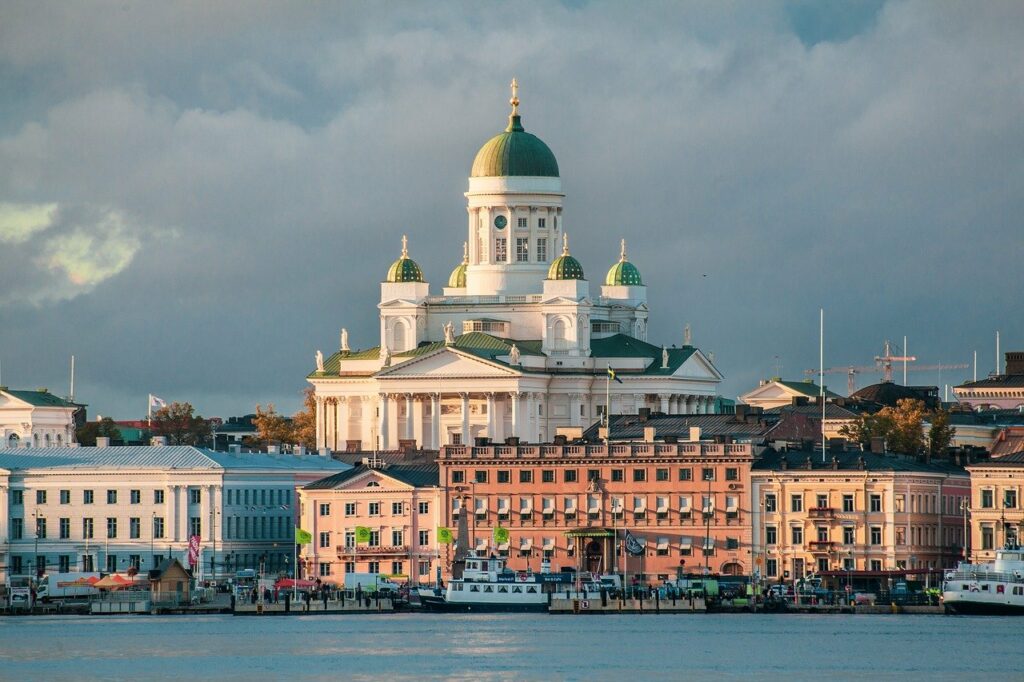
These cities are not just international in focus, but their expat communities are the largest. Many of them have smaller populations than some major US cities, but there’s usually a vibrant sporting or cultural scene. The best city for expats is also very likely to be one of the safest places in Europe.
Start your European adventure in Budapest, Hungary. This capital city may be small, but it’s a global hotspot for culture and cuisine. There are more than fifty museums in the area, including some world-class galleries. When you’re not looking at art, Budapest has some incredible natural attractions nearby, like lakes and mountains.
If you love opera or classical music concerts, then you’re in luck; Budapest has many top-flight performers and venues. This city is not just a fantastic place to visit, but it’s also great for families – the Budapest Zoo is one of Europe’s best.
Moving on now, Prague in the Czech Republic is one of the most iconic cities in Central Europe. Today, we have compiled some of the best cities in Central Europe. Not only is that, but we will walk you through some cultures and the benefits of relocating to this part of the world. Does that sound interesting? Read further!
Overview of the Central Europe Cultures and Traditions
Geographically, Central Europe is the primary region of the European continent. This label is appropriate, considering it contains several countries sometimes assigned with developing regions due to their history and current-day problems.
However, all is not bad in these countries! These areas have developed immensely over the years. Amongst the economic development, they have also seen increases in art, science, and culture.
If you are interested in learning about countries considered to be part of Central Europe, then this article is for you! Keep reading to become better acquainted with these Central European cultures and traditions.
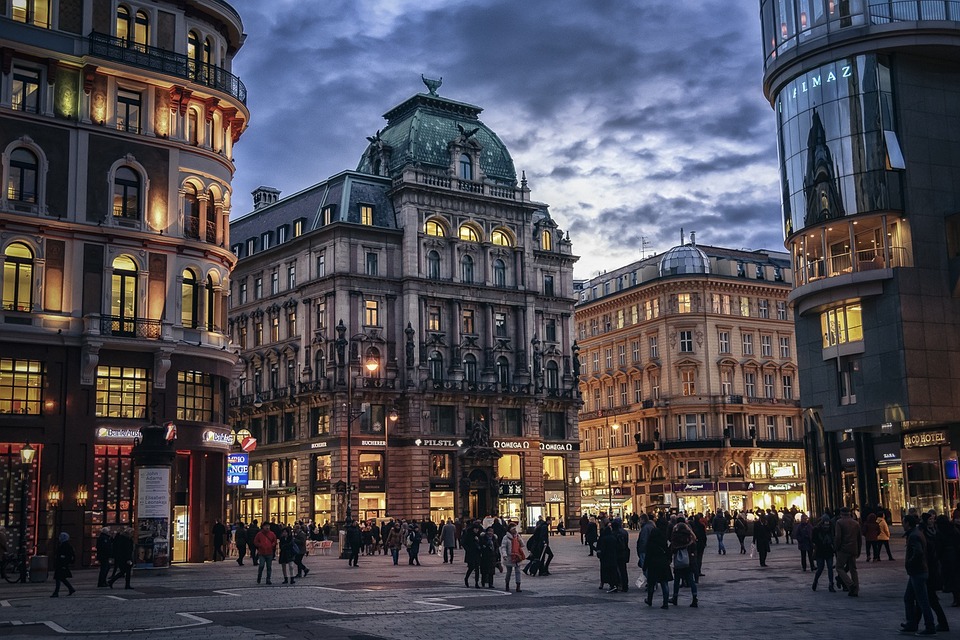
Some Religious Traditions Remain Very Popular
For example, there is the tradition of lighting candles on Christmas Eve to help guide Mary and Joseph to their new home. This ritual takes place in many homes across Central Europe, especially in Poland. Another custom (and less widespread) is eating fried carp.
On Christmas Eve, a whole fried fish would be placed on the table and blessed by a priest. Each family member would take a piece of the fish and eat it while saying “thank you” to whoever provided them with carp that year. It was believed that whoever ate this fish had good health for the upcoming year.
Festivals Are Incredibly Popular In Central Europe
There’s an important tradition in Poland surrounding St. Mary’s Day, which takes place on the 25th of July each year. It is celebrated with a special bread known as ‘chleb świętomarciński,’ created using flour, water, and salt – ingredients that must be blessed before they are used to make the bread.
People buy this particular bread and take it to the cemetery, where they leave pieces on the graves of their family members. Also found in Polish culture is Wianki – a festival around May each year. It’s a springtime celebration and involves people throwing wreaths made from flowers into rivers or lakes.
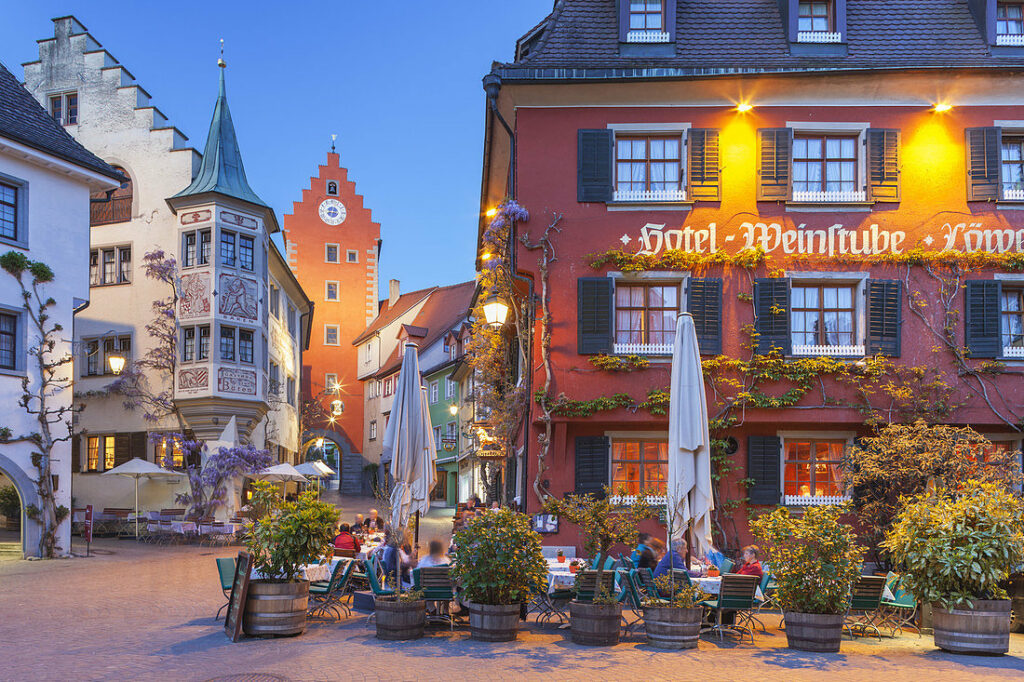
A Huge Focus on Food
Central Europe is known for its hearty dishes! Most people enjoy eating potatoes, dumplings, and cabbage as part of their main meals. One dish that can be found in almost every town across Poland is Barszcz – a soup made from beetroot which has been prepared many different ways over the years.
To make it, the beetroot is cut into pieces before being fried with onion. Once it’s tender, the mixture is covered in water and left to simmer for about an hour.
People Enjoy Visiting Local Pubs
Though beer has been trendy in Central Europe since the Middle Ages, the region has also become well known for its pubs and breweries. In the Czech Republic, people end up in a pub once they’ve left the office at the end of the day.
Craving a sweet treat? You can try kolache, a delicious pastry stuffed with fruit or cream cheese that has been popular since WWII. If you’d rather save room for dinner, you could ask for schnapps to take your kolache down with.
Many Languages Are Spoken Throughout the Region
You may think that Central Europe is a single country, but it actually consists of many independent states. Each one has its language – Czech, Hungarian, Polish, Slovakian, and Slovenian are all commonly spoken.
Best Tourists Attractions Available in Central Europe
Tourism in Europe has been on the rise for a number of years, and this trend doesn’t seem likely to change in the near future. People from all over the world come to visit majestic cities, historical landmarks, and unique natural features.
The countries in Central Europe are often overlooked by tourists who instead flock to crowded streets and beaches in southern Europe or opt for the relative affordability of destinations in the east.
While these places all hold their own charm and beauty, Central Europe is home to a number of hidden gems – waiting to be explored. If you’re looking for some off-the-beaten-path tourist attractions available in central Europe, this list will help you get started.
1) Museums of Budapest
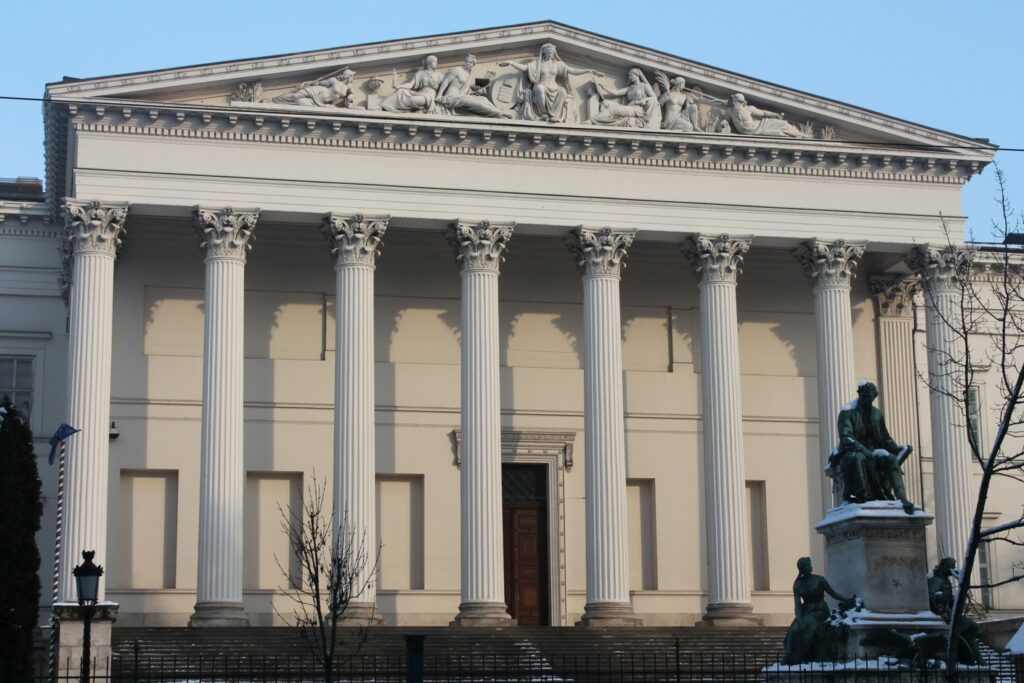
Budapest is one of the top tourist destinations in Europe, if not the world. Tourists come for its beautiful architecture, great food, and vibrant nightlife. But there’s something they don’t know about – literally beneath their feet.
A massive network of tunnels built by prisoners during World War II stretches under much of central Budapest. The locals call it the “mole people” metro, and it’s a popular tourist attraction these days. Visitors can take guided tours of the underground system to experience what life was like for prisoners of war, or they can just wander through some of the open tunnels on their own.
2) Mausoleum of Mustafa Kemal Atatürk
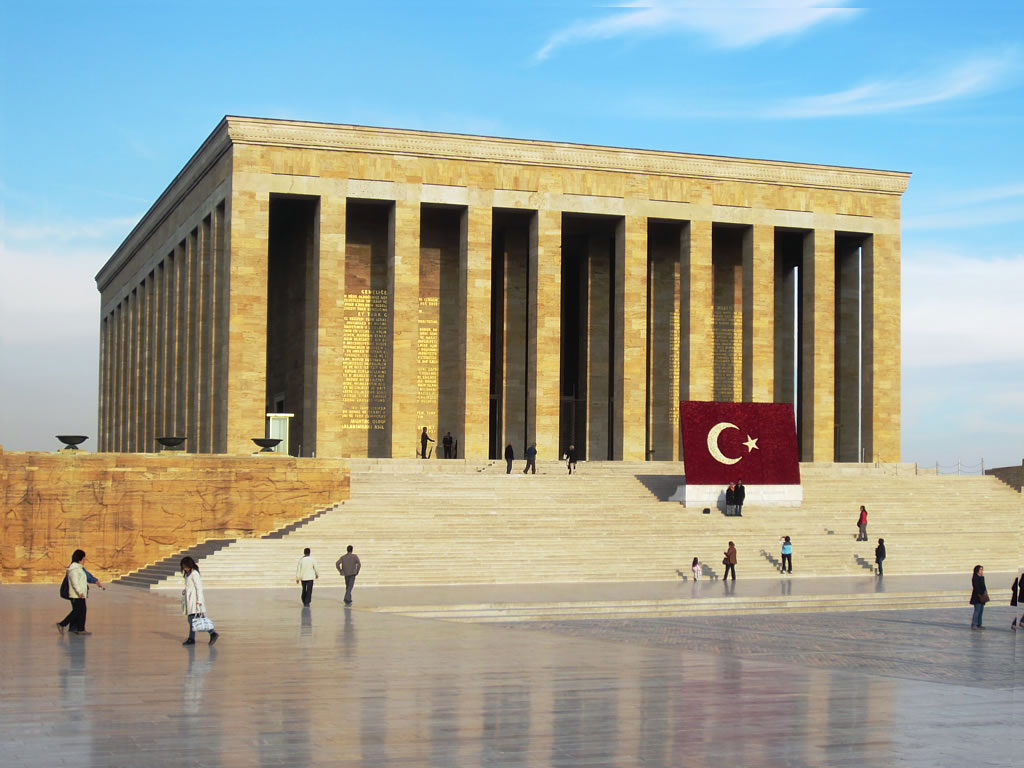
Atatürk is the founder of modern Turkey. His famous mausoleum lies in a forest about an hour outside Ankara, surrounded by green fields and wildflowers. People from all over Turkey come to pay their respects at this tomb, so foreign tourists know less. But if you want to see a truly unique place that very few people know about, this is it.
3) Castle of Hrad Kulm

Hrad Kulm is situated among picturesque mountain peaks in the Czech Republic. The castle has stood here for centuries, providing shelter to everyone from medieval knights to World War II refugees. Today visitors can climb up to the castle itself and admire the beautiful views offered by its location.
4) Trosky Castle
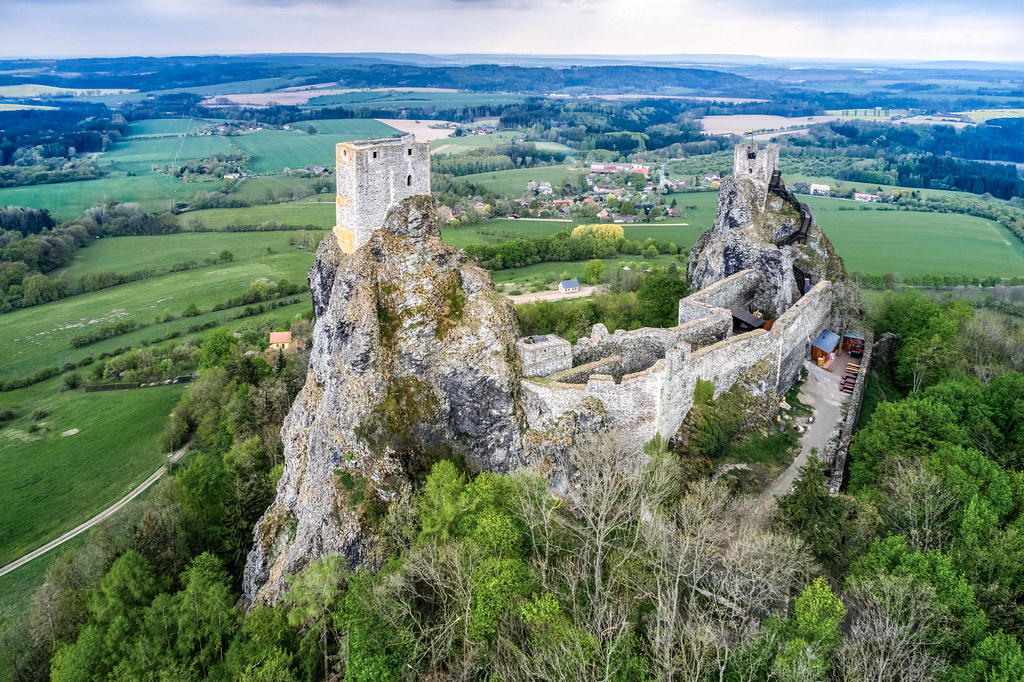
Trosky is a massive 14th-century fortress located on the border of the Czech Republic and Poland. It’s one of those places that don’t just offer some great tourist attractions – it simply offers, period! The majestic building looks as if it’s straight out of a fairy tale. Rumor has it that locals can see far-away Warsaw from the highest tower.
5) The Bridge at Mostar
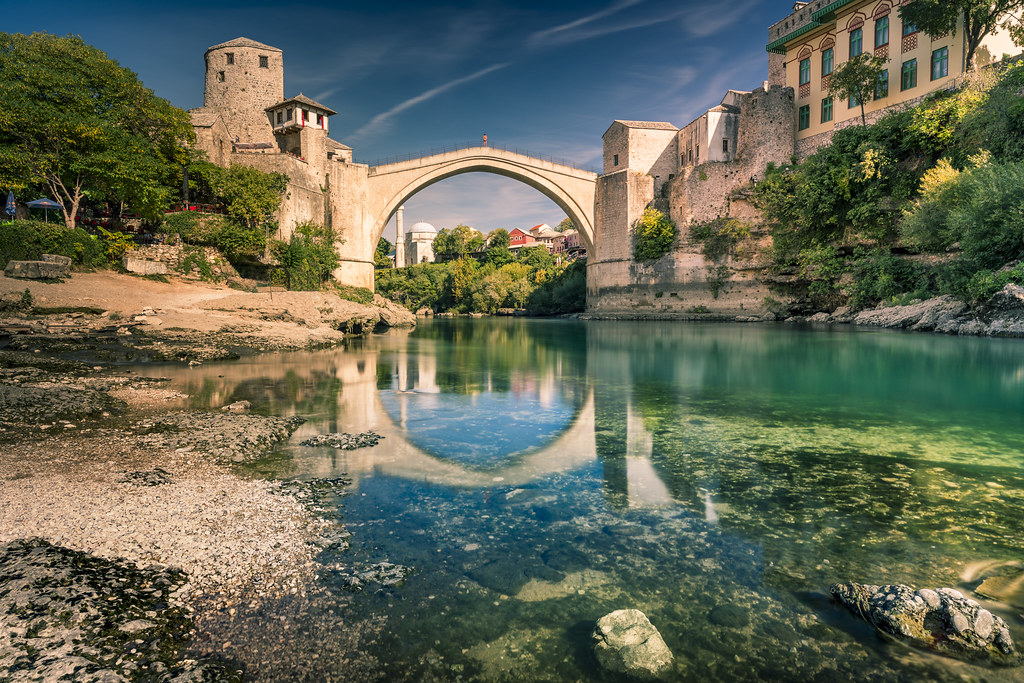
The bridge was built in the 16th century to connect two sides of the city, divided between Bosnians and Croatians today. It became famous during the 1990s war thanks to its destruction and the famous photo of a woman crying over the loss. It has since been rebuilt and is now one of Mostar’s top tourist attractions, as well as a UNESCO World Heritage Site.
6) The Abbey at Westmalle
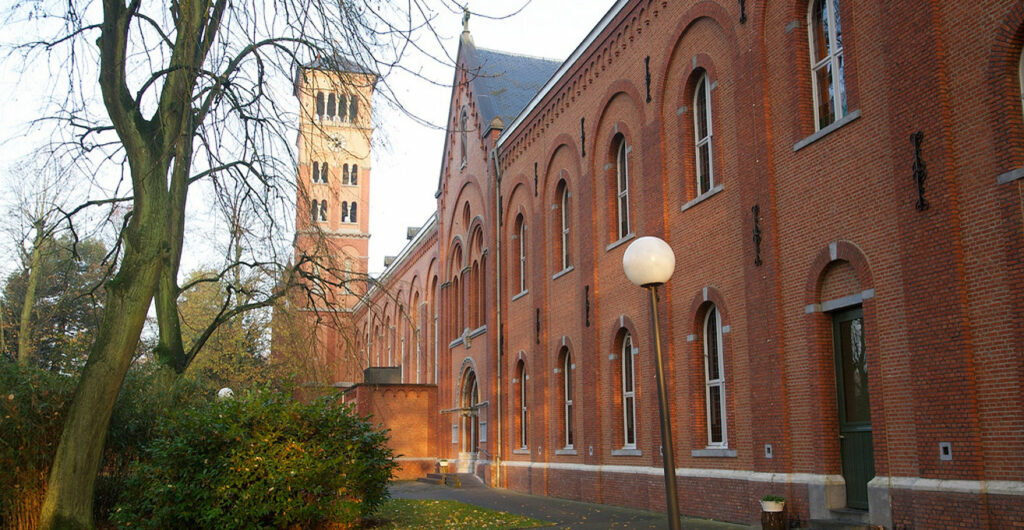
The abbey is in northern Belgium, surrounded by beautiful green fields and grazing cows. This is where they make the famous Westmalle Trappist beers, but you don’t need to be a beer connoisseur to appreciate the atmosphere here. Not only is it extremely peaceful and relaxing, but the abbey itself has been beautifully preserved over time as well.
7) Tropie Water Tower
The Tropie Water Tower in Belgium is an art deco monument that looks like something straight out of a spy movie. It’s located in the middle of nowhere, surrounded by green fields and cows. There are several water towers just like it all around Europe, but this one is probably the most famous – if only because it’s so hard to find.
8) Ice Hotel
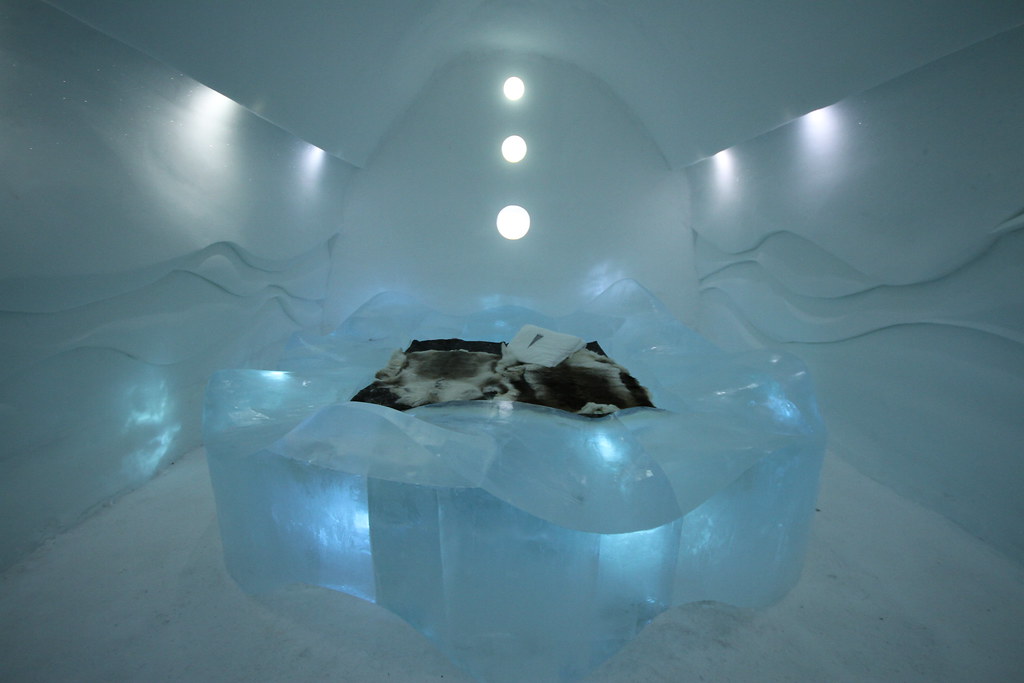
Luxury hotels are one of the top tourist attractions available in central Europe, but why just settle for a stay anywhere when you can have a night at the world’s first permanent ice hotel? The Ice Hotel is located in Sweden and offers simply fantastic views of Lapland.
It has been rebuilt every year out of completely new, fresh snow and ice. The materials are sourced locally, so this is definitely a unique experience worth trying at least once in your life!
9) Wieliczka Salt Mines
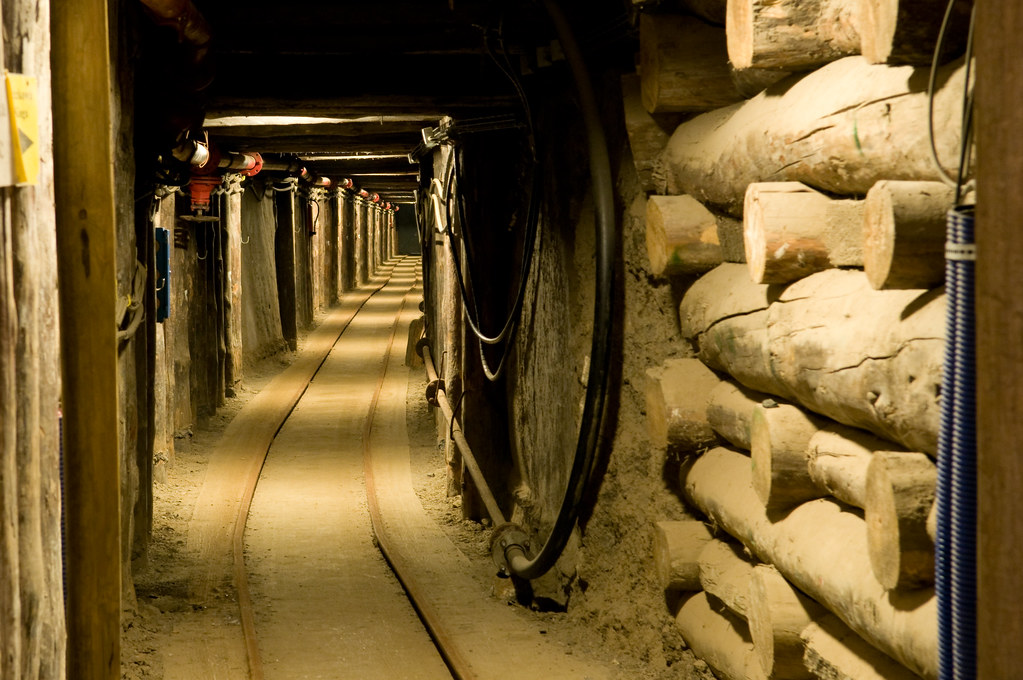
Wieliczka Salt Mines have been around since the 13th century – which makes them one of the oldest attractions on our list. They were officially closed for business in 1996, but you can still take an underground tour of this massive complex. The winding tunnels are only lit by candlelight, giving them a mystical atmosphere that’s hard to describe.
10) Bled Island
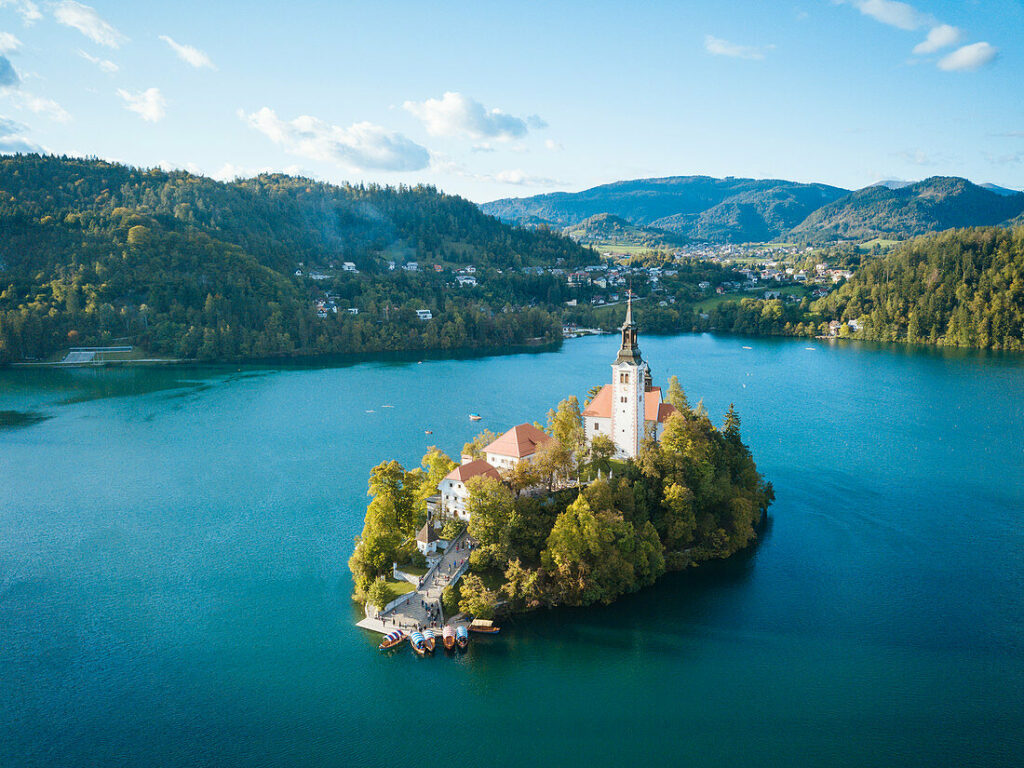
Bled Island is located in Slovenia, and it’s famous for three things: one of the most photographed kindergartens in the world, a church that offers exceptional views of Lake Bled and its surroundings, and a tiny island called Pokljuka. This is one of the most tranquil spots on our list – all you can hear are church bells ringing in the background and birds singing everywhere.


